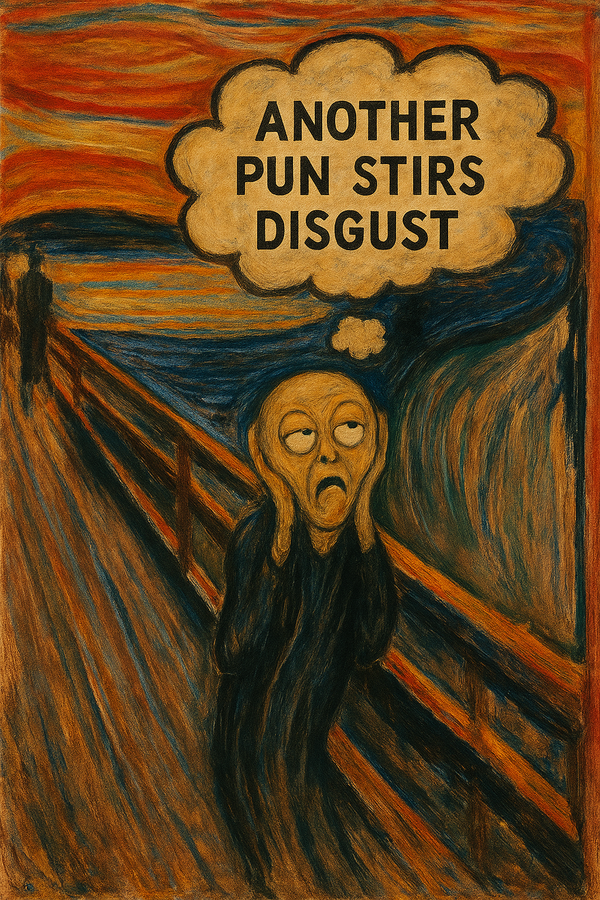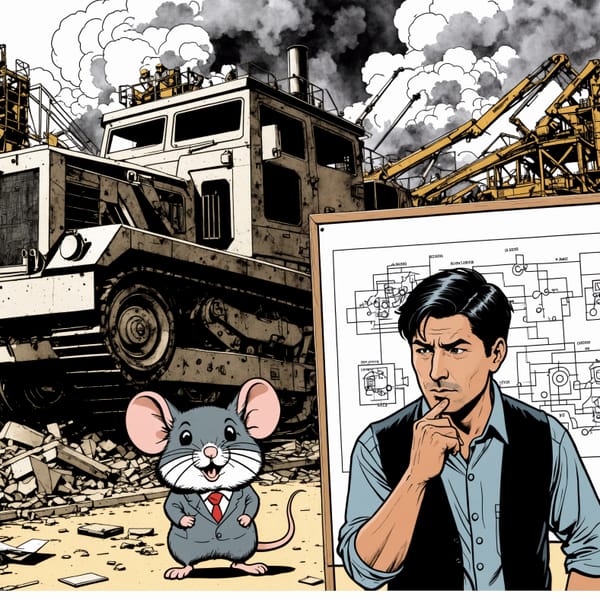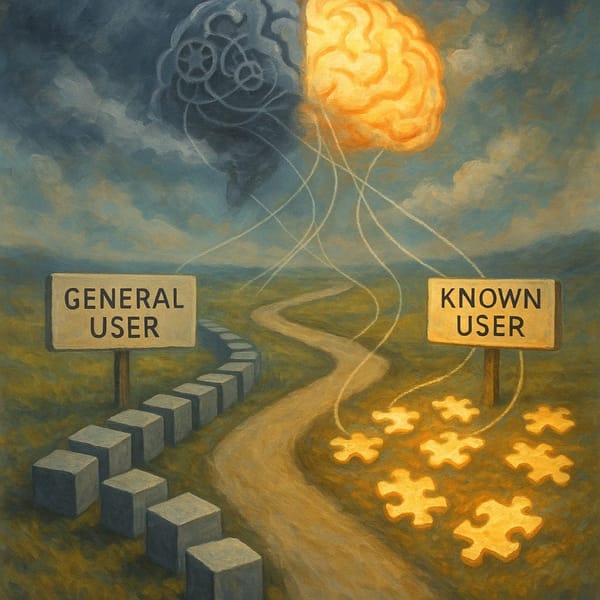Picture This
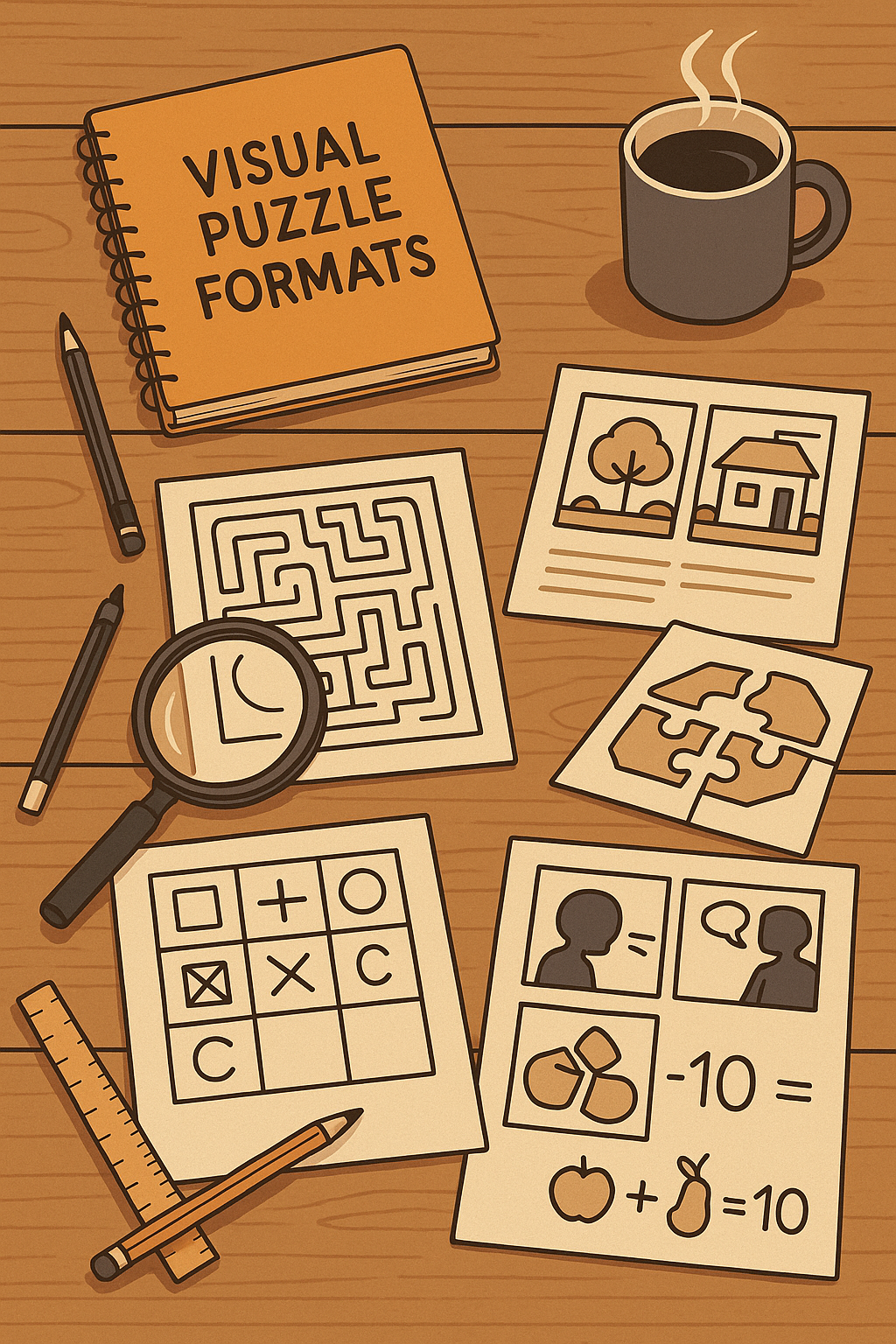
Visual Puzzle Formats
I’ve been thinking a lot about how to structure a visual puzzle book that goes beyond variety and aims for progression, discovery, and depth. What follows is a field guide of puzzle types I’ve worked with or analyzed closely.
Spot-the-Differences
Mechanic: Visual Comparison
Classic visual comparison puzzle. Solvers must identify subtle changes between two nearly identical images.
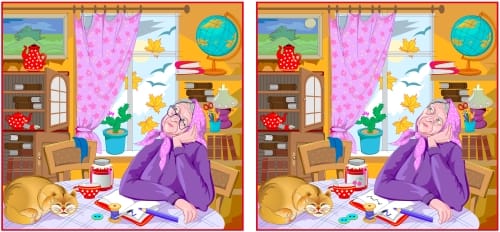
Find-the-Twins
Mechanic: Deductive Search
From a grid of lookalikes, the goal is to find the only exact match pair — often with minor visual variations to distract.
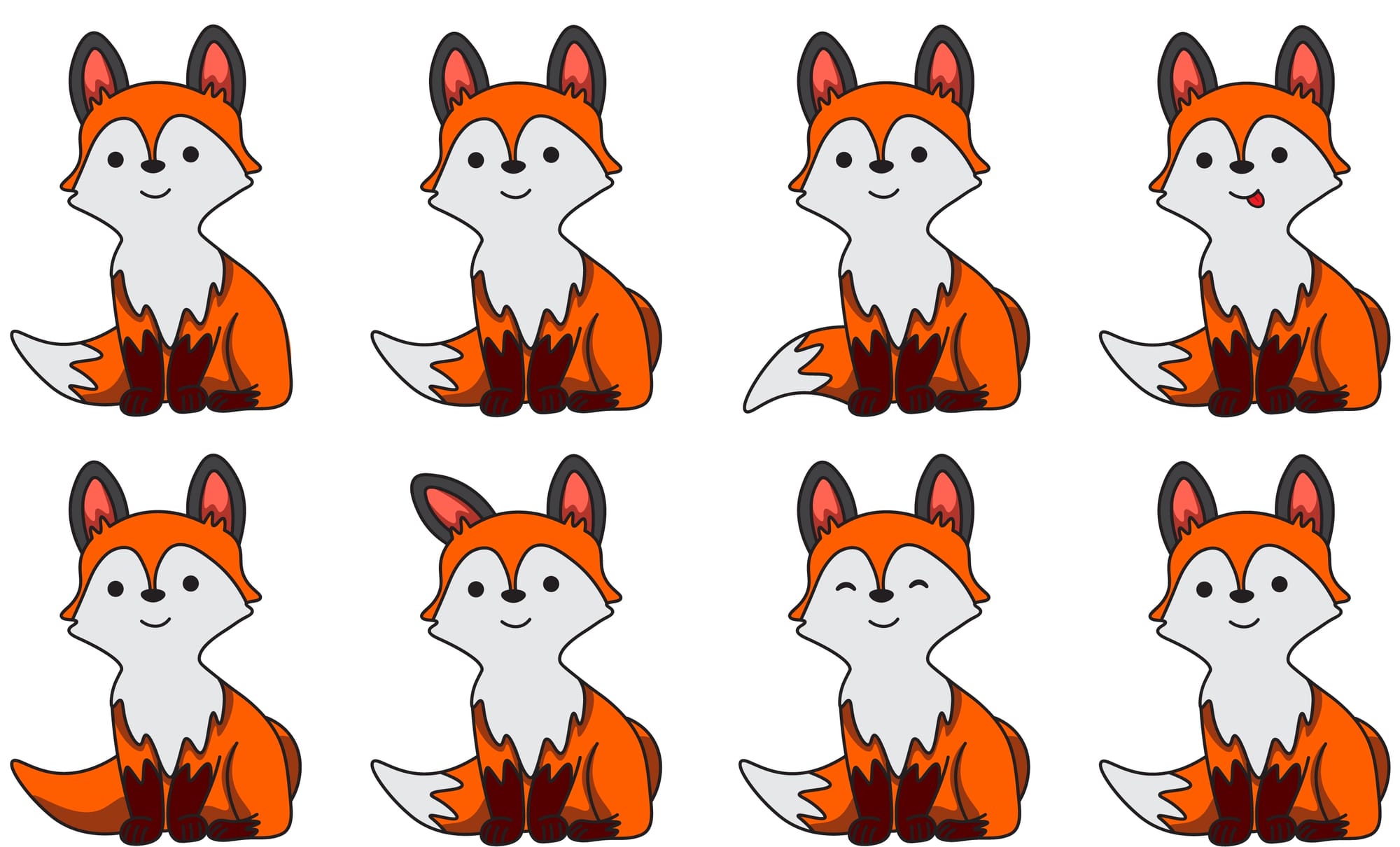
Odd-One-Out
Mechanic: Category Logic
Among a group of items, one breaks a consistent visual rule. Pattern recognition and feature grouping are key.
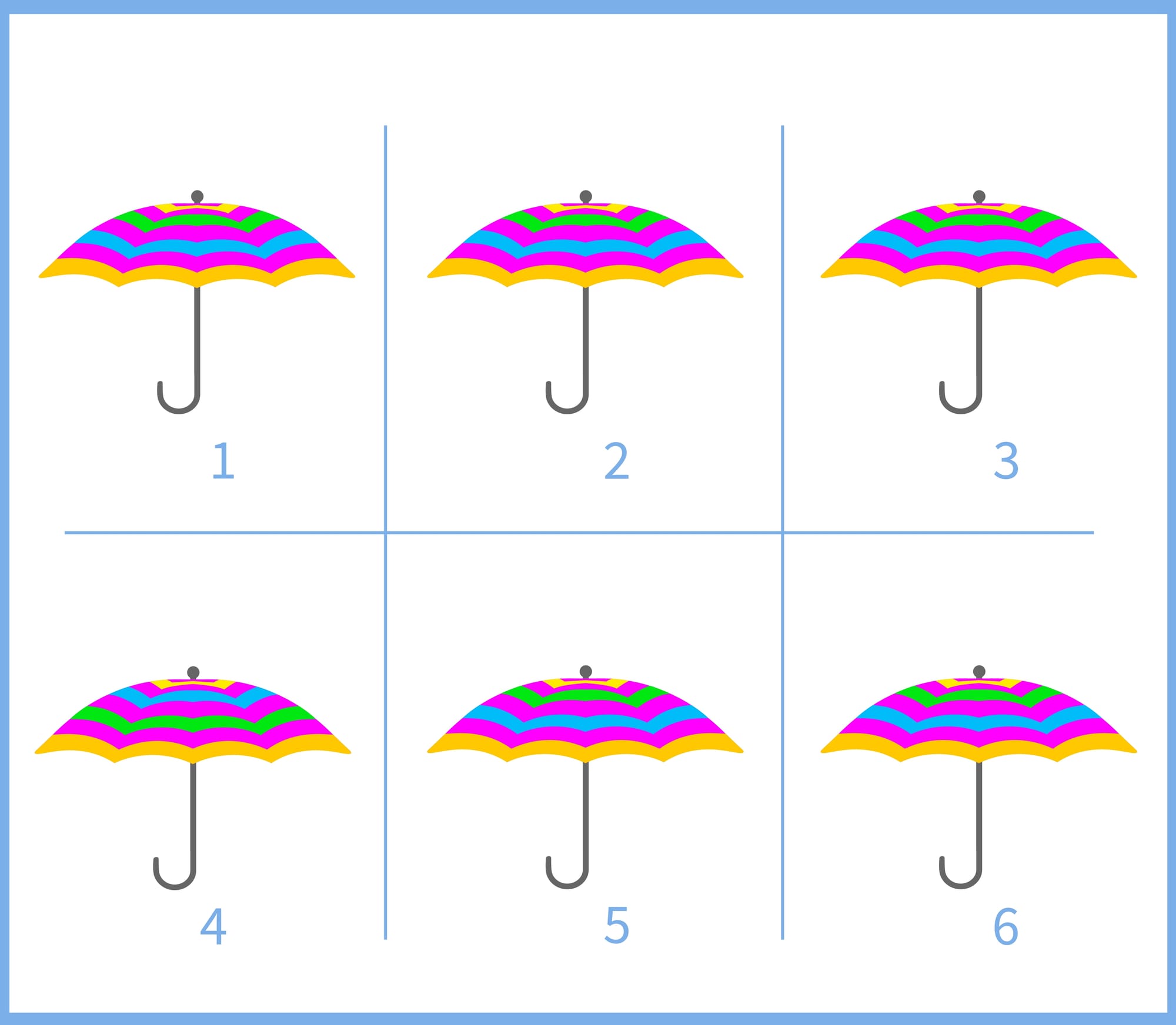
Mazes
Mechanic: Spatial Navigation
Standard, route-finding on the printed page.
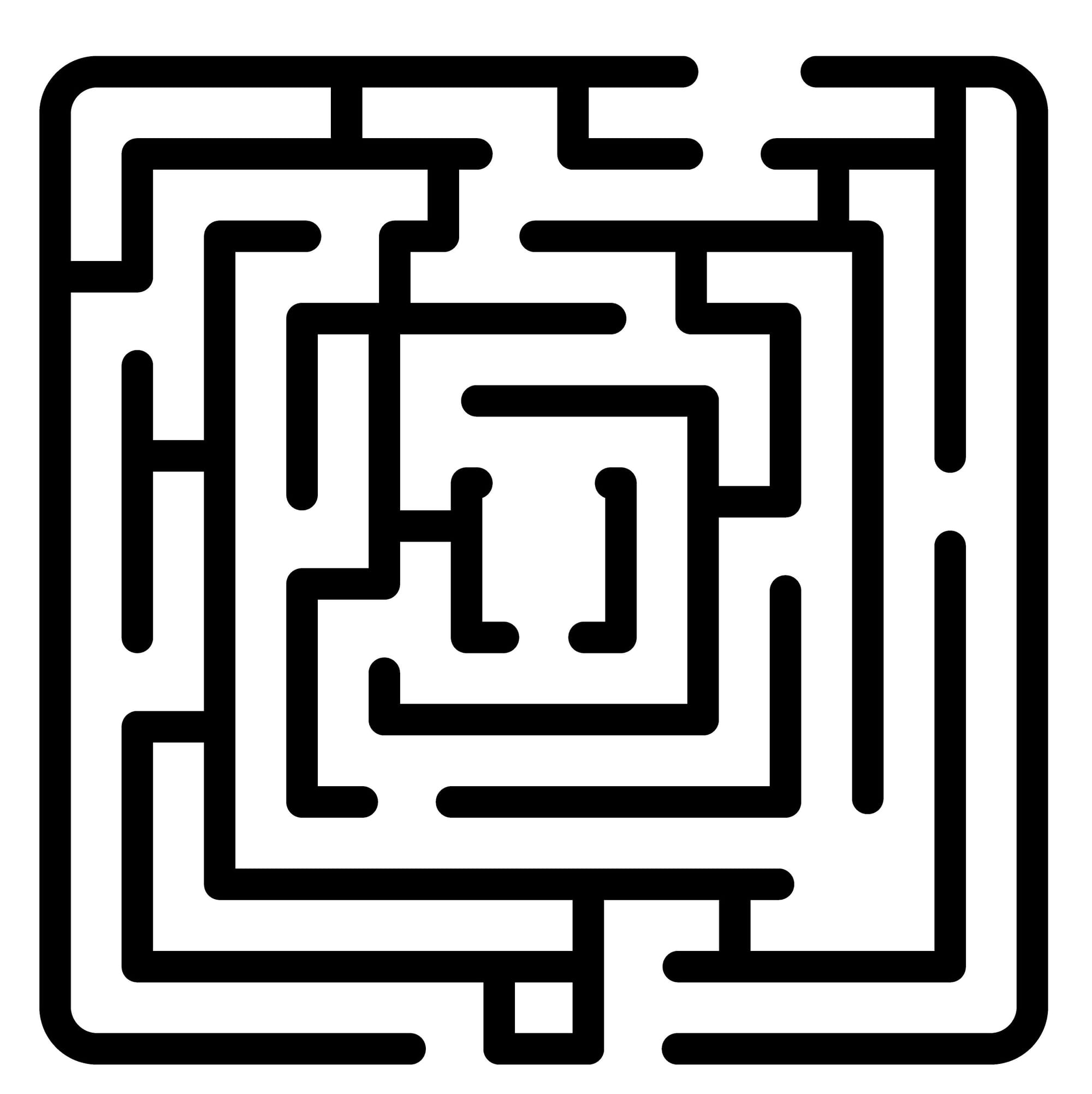
Hidden Objects
Mechanic: Search
These puzzles are an exercise in patience!
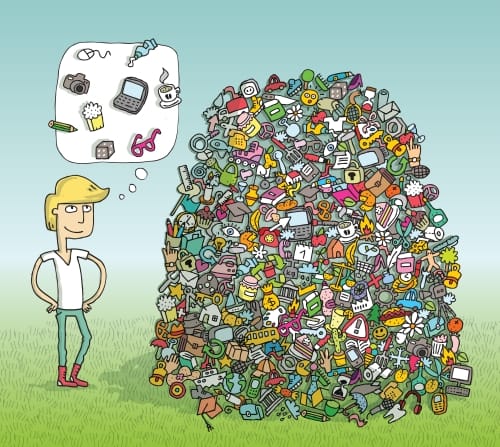
Symbol Sequence Logic
Mechanic: Pattern Recognition
These follow visual progression rules, such as rotation, size, shading or something more subtle.
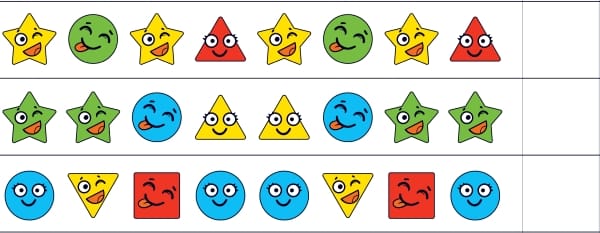
Pattern Grid (3×3 style)
Mechanic: Matrix Reasoning
Inspired by Raven’s Matrices, this type asks solvers to identify the missing piece in a logic-based visual matrix.
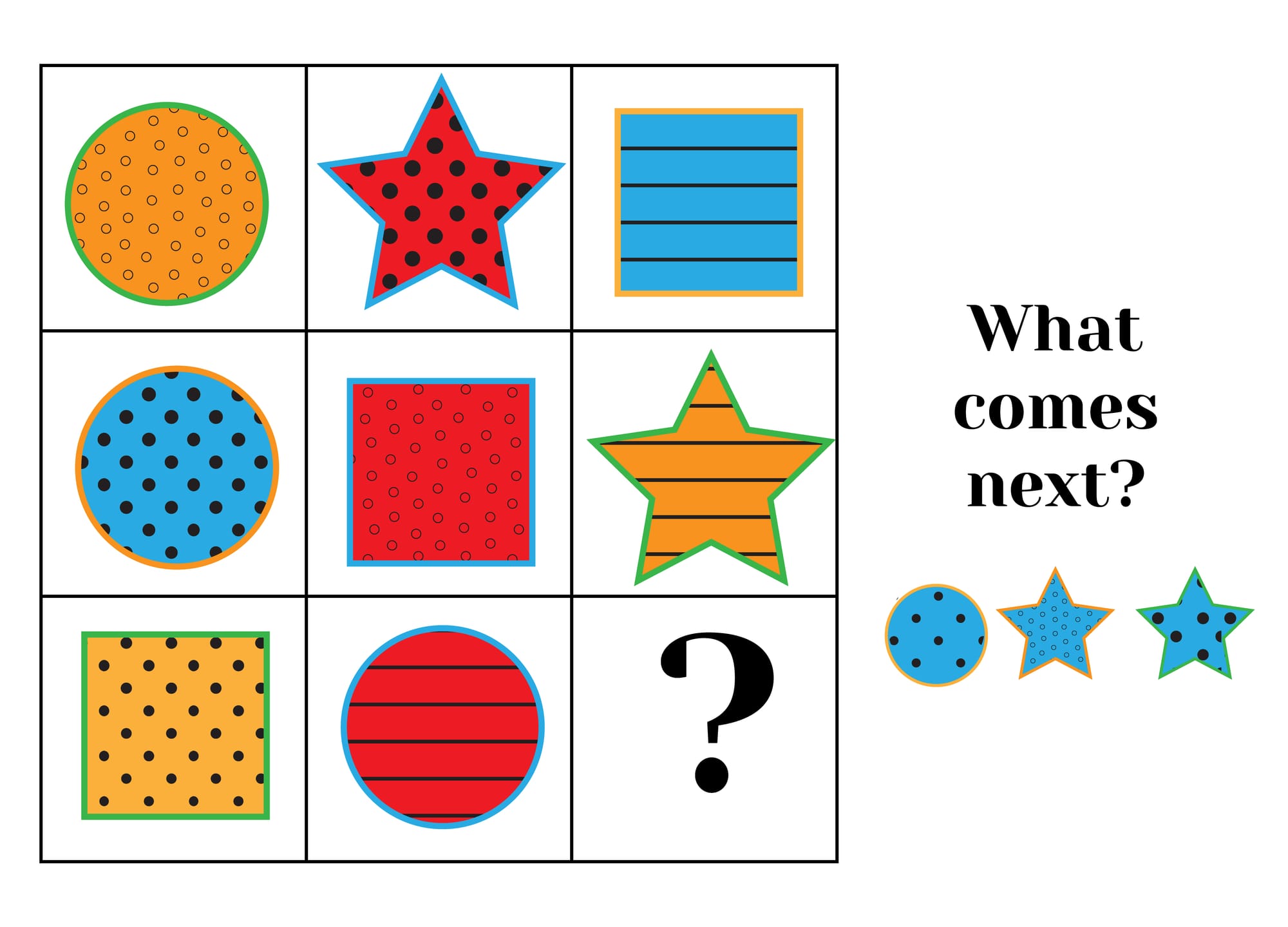
Visual Logic
Mechanic: Deductive Reasoning
An umbrella format including comparisons, exclusions, or symbol combinations. These require inferential steps to complete a visual rule.
Escape Room Puzzles
Mechanic: Hybrid Deduction
A mini narrative puzzle spread: visual clues, hidden locks, and sequential deduction layered into a scene. This works better as an interactive book.
Visual Math Puzzles
Mechanic: Symbolic Logic
Icons represent values in visual equations. Solvers deduce what each symbol is worth.
Visual Analogies
Mechanic: Relational Reasoning
A puzzle that asks, "A is to B as C is to what?" using image relationships instead of words.
Cut-Up Image Reconstruction
Mechanic: Spatial Assembly
Images are sliced, rotated, or scrambled. Solvers must mentally reassemble them to restore order.
Image Mashup Associations
Mechanic: Thematic Reasoning
Images evoke a shared, often metaphorical word or idea. Solvers deduce the unifying concept — subtle and abstract.
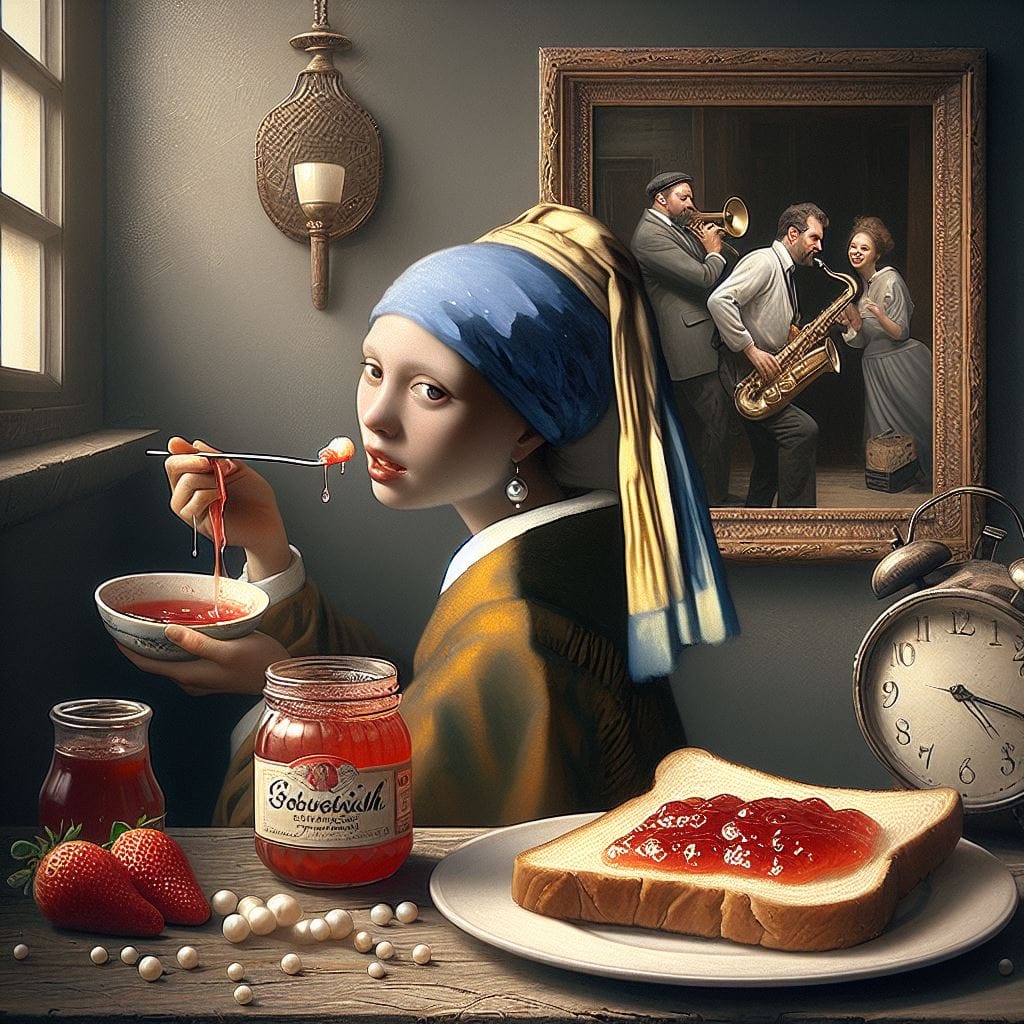
Related posts:

